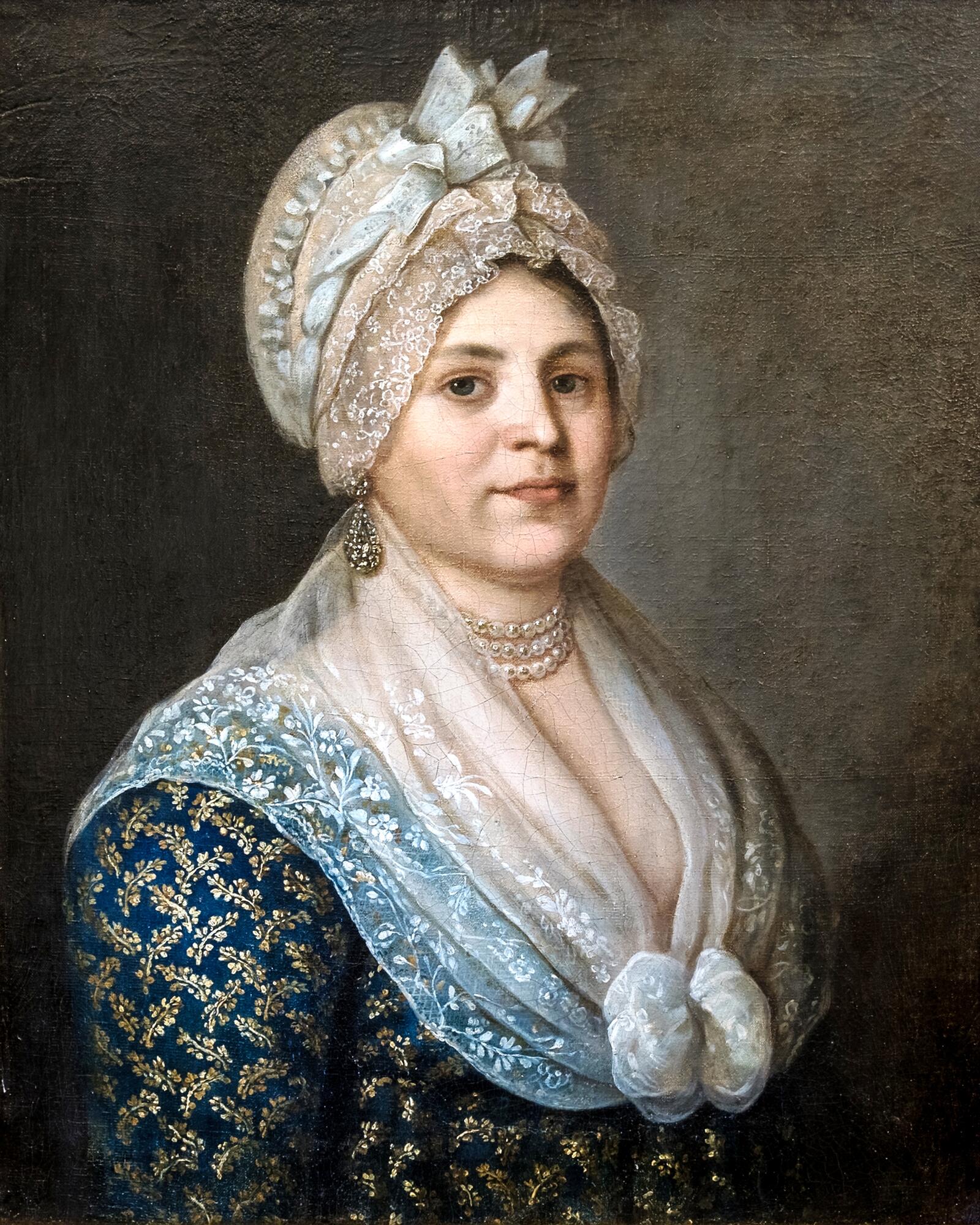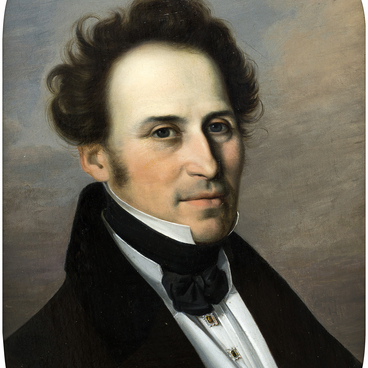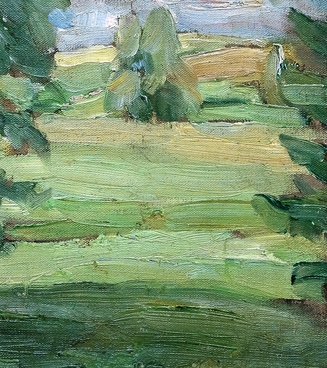“Portrait of a Woman in a Bonnet” was painted by an unknown artist in the first half of the 19th century. In terms of style, it can be attributed to the traditional type of intimate portraiture with its own principles and painting techniques that were formed back in the 18th century.
The Russian history of art keeps record of the works by outstanding, famous, little-known or even unknown portraitists. Today they are part of the collections of various museums throughout Russia. As a rule, the “unknown artist” was either a serf or a financially challenged and modest provincial artist who painted commissioned portraits for merchants and the nobility.
The term “provincial portrait” was coined in the 20th century to describe this type of portraiture.
The composition and pictorial manner of the presented portrait of a woman in a bonnet can be attributed to the classical type of portraiture with elements of the 18th-century primitive portrait traditions: the background is somewhat flat, resembling that used in icons, from which the figure seems to be “stepping out”. The artist’s vision is based predominantly on observations from life, the image is meticulously detailed.
Some elements of the clothes hint at the social status of the portrayed woman: in Russia, marriage in the late 18th and early 19th centuries brought around some changes to a woman’s appearance. Maria Apollonovna Volkova, the maid of honor to Empresses Elizabeth and Maria Feodorovna, wrote, “Mothers are obsessed with marrying off their daughters, and it does not matter whether a match is good or bad, as long as it takes the bride off their hands; and their daughters also try their best to get into a bonnet, which often comes at a high cost.” Thus, a bonnet grew to symbolize the new position of a woman in society — that of a married lady.
The painter of this portrait could well be from a big city, as well as from a province. Just as the sitter could be a resident of the capital or a provincial woman of fashion, belonging to a noble or merchant class.
The color palette of the portrait is based on a combination of dark olive and brown-ochre tones.
The development of noble culture with its tradition of commissioning portraits for official and family galleries strengthened the position of the provincial type of portrait, associated with the portrayal of high-ranking persons of the nobility and official aristocracy in the first quarter of the 19th century.


